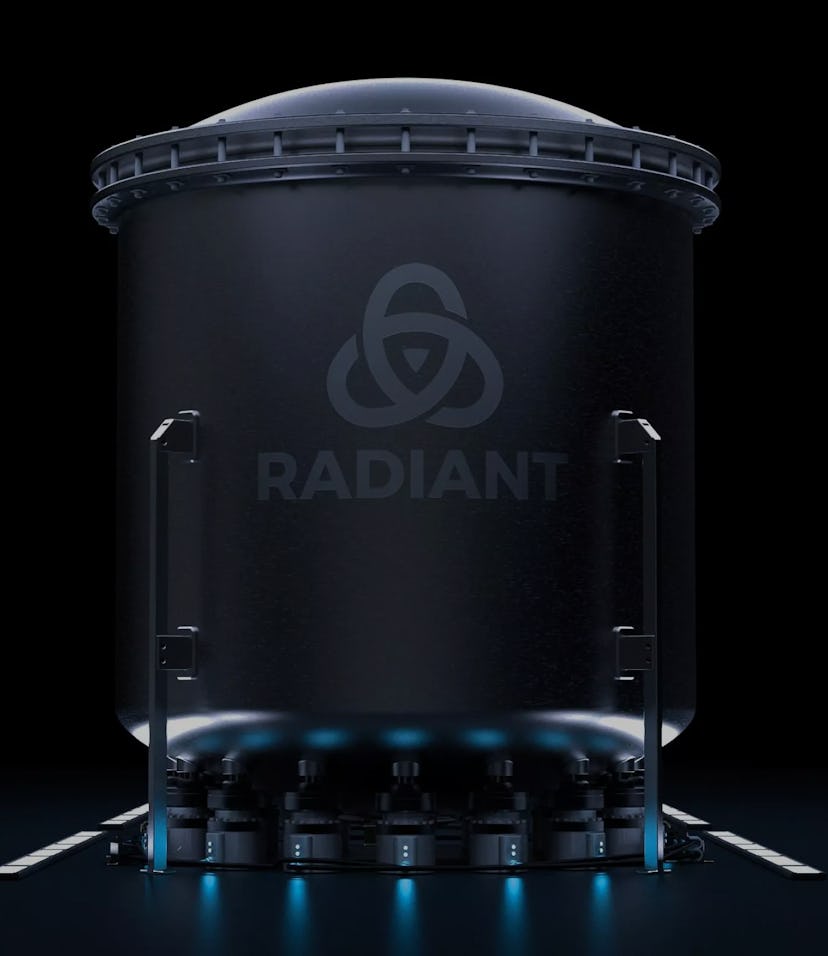Tech
A startup raised $1.2 million to create mini nuclear reactors
The compact nuclear reactor would fit in a shipping container and power up to 1,000 homes, according to Radiant Nuclear.

Nuclear is back, baby — well, it might be. New Atlas reports on a startup that has raised $1.2 million to create a portable, low-cost nuclear reactor that could fit in a shipping container and power up to 1,000 homes. The company, Radiant Nuclear, is targeting remote communities and disaster areas, places that would otherwise need to frequently truck in fuel to power diesel generators.
Back in the 1960s, nuclear fission provided America with some of the cheapest energy around. But nuclear waste is highly toxic to humans and must be disposed of carefully to prevent exposure. A series of meltdowns at reactors around the world — including the Three Mile Island accident in Pennsylvania — all but killed off support for nuclear energy. That’s tragic because nuclear power plants do not burn fuel, meaning they don’t produce greenhouse gas emissions, and the risks of nuclear power are increasingly offset by improving safety measures in the sector.
Safer nuclear — Radiant, founded by former SpaceX engineers, is one of several companies hoping to breathe life back into the energy source. It says that its portable reactor is cooled using helium rather than water, which “greatly reduces corrosion, boiling and contamination risks.” Nuclear energy is produced when a neutron slams into a fuel, like uranium, causing the atom to split into two smaller atoms, a process that releases a significant amount of heat energy that can be captured.
Meltdowns can occur when the heat generated by a reactor exceeds the heat removed by the cooling systems to the point where the nuclear fuel exceeds its melting point, at which point the fuel can leach out into the coolant and further out of the reactor. But we’ve gotten far more adept at ensuring that doesn’t happen.
Radiant’s particle fuel does not melt, according to the company, and is capable of withstanding higher temperatures than traditional nuclear fuels. Its first reactor is supposed to generate enough energy to power a military base for four to eight years, according to the company.
Different environment — One benefit of a portable reactor is that, once the reactor reaches end-of-life, it can be transported to a safe location for disassembly, rather than being taken apart where it was installed, which risks contamination of the area around if it things go awry.
On-site generation from solar and wind, and storage of that energy, has become far easier in recent years, and it doesn’t come with the same type of risks. Many people are still wary of nuclear’s history and would prefer not to take a chance, but that position discounts the progress we’ve made in terms of safety checks and measures. Eventually, a portable nuclear reactor could be the only option in certain parts of the world, like arctic villages. And the world needs more clean energy sources than ever, so a resurgence of nuclear would be welcome.